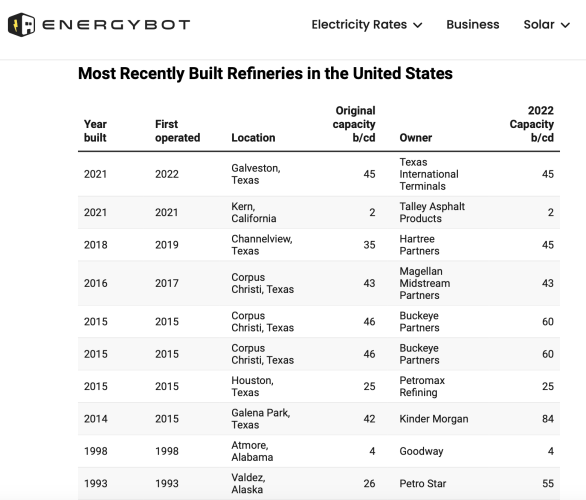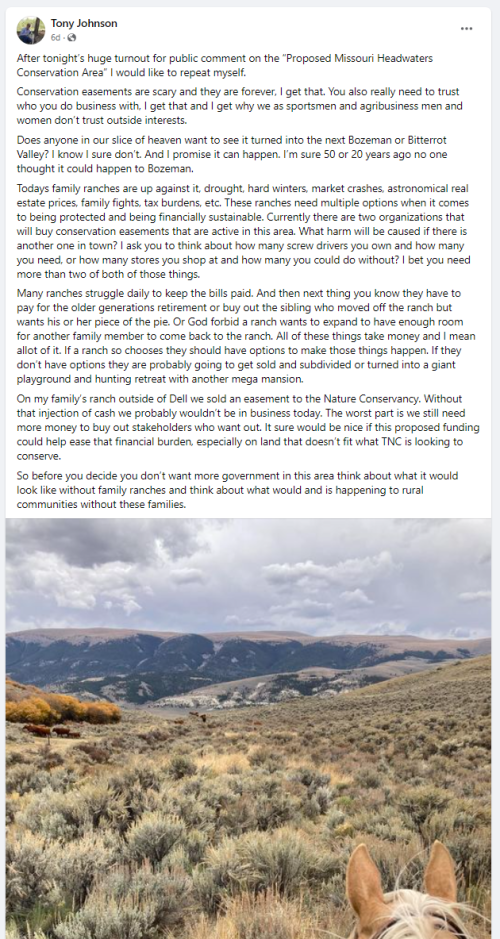Straight Arrow
Well-known member
Yes. However, it is not appropriate for me to opine about NE Montana since I have little to no experience and/or knowledge of that area. (agreement or not) Likely someone from up there might be miffed at my conjecturing in a state of unknowing. Conversely, I was just sayin' ...3. Understand what a discussion is. It is sharing of perspectives, information, and stories that help. A discussion is not an effort to make sure everyone agrees with you.
But thanks for chiming in as the "appropriate" police.









